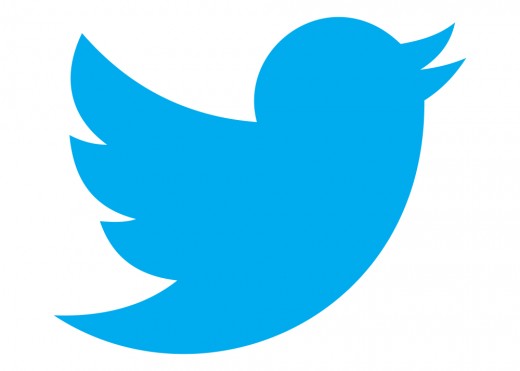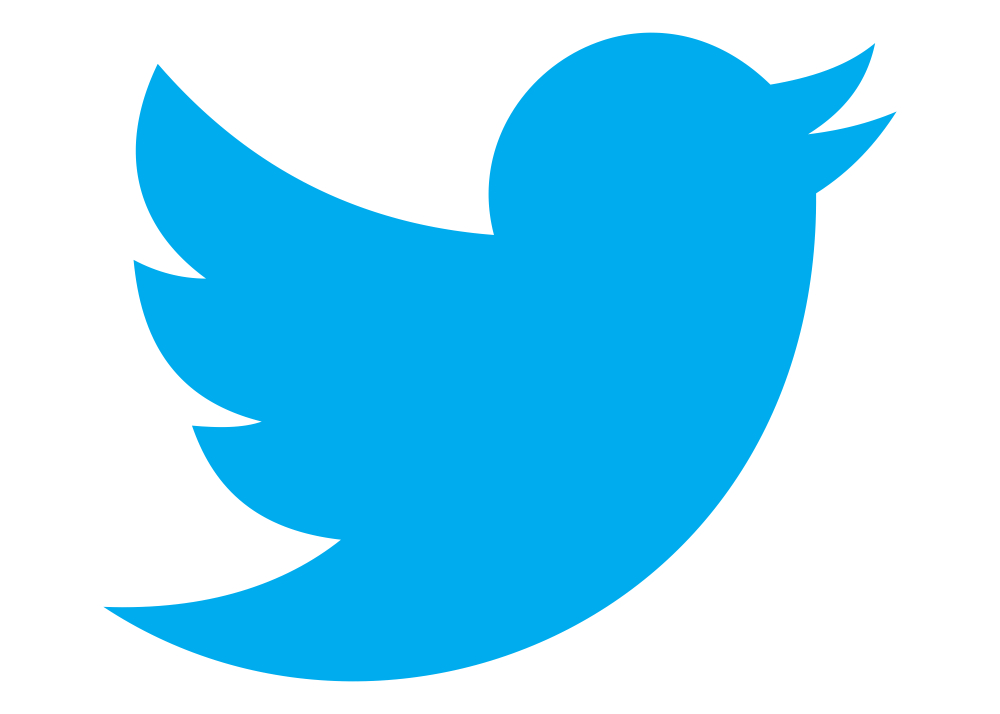Yogi Berra Knows Some Of What’s Wrong With Twitter
Apparently, from what I’ve been seeing all around, it’s time to go hating on Twitter, which means it’s time for the Social Media Insider to find out why people are hating on Twitter, other than the usual restlessness that typifies most heavy social media users.
It all started, it seems, with last week’s earnings, in which the platform showed slowing growth, of 25% in the last quarter, as opposed to 30% during the quarter before. Twitter also showed some disturbing signs that users aren’t using it as much as they once did. Timeline views – the platform’s base metric for engagement – increased by 15%, which sounds fabulous until you discover that it was at 26% percent the quarter before. Trading at $46/share as of Apr. 21, it is now at about $32/share, a precipitous drop that can only be partially attributed to the fact that the lock-up for employees following its IPO expired early this week.
And then there are the epitaph-themed headlines. Only minutes ago, as I swerved briefly into procrastination mode and checked out, well, Twitter, the first tweet I saw was about this post by @soulati titled, “I’ll Never Forget the Glory Days of Twitter.”
But the piece you might be most familiar with – because it has been tweeted so far more than 5,400 times – is this pull-no-punches piece from The Atlantic, titled: “A Eulogy for Twitter: The beloved social publishing platform enters its twilight.”
Sigh. You could say that people aren’t hating on Twitter so much as they are lamenting its perceived decline. The prevailing theme in both pieces – and other thinking I’ve read over the last few months — is that it suffers from that syndrome originally identified by Yogi Berra when someone asked him about a purported St. Louis hotspot: “Nobody goes there anymore. It’s too crowded.”
It’s strange how apt a description that is of what some think ails Twitter. The sense – proven, by the Timeline Views data – is that as the platform has grown, it has also become less valuable. And that rings true. I hesitate now before I follow someone – even someone who is worth following – because the last thing I need is more content thrown at me. And as I’ve followed more people, it has somehow become less valuable, not more.
This is less of a problem on virtually every other social platform, either because they haven’t yet reached Twitter’s critical mass, or because their social graphs are more narrowly defined and their content made more manageable.
But there are other troubles with Twitter, and the biggest, to me, is the visualization of social. It’s not that Twitter can’t be visual, but that it’s not primarily used to communicate visually, and almost all of its competition is. Instagram, Pinterest, Tumblr, and its sibling, Vine, are all inherently meant to be seen and not necessarily heard.
The vast majority of Facebook is now visual as well. It’s as though people on Facebook have learned intuitively what marketers were told long ago: that more visuals equals more engagement. No one wants to see the status updates they post routinely ignored, and one way to guard against that is to post a visual. It’s one thing to say on a social platform that your daughter played trombone at the fourth grade concert; it’s much more compelling to post a picture or create a Vine about it. On the flip side, pictures and videos are far more fun to waste time on then a bunch of text-driven ruminations.
Still, it’s way too premature to write Twitter off. In the very same week that people have been all too quick to call it over, it has once again shown its immense value in one hashtag, and no, I’m not talking about anything to do with the NFL Draft. I’m talking about #BringBackOurGirls. As this story on time.com details, the fact that several hundred girls had been kidnapped in Nigeria last month was getting scant attention, until it became a hashtag, starting in Nigeria and then going global. As with any awareness campaign, getting to cause and effect is hard, but before Twitter you would have had to wait for the media to pick the story up to make anything to happen. Thanks to Twitter, that’s just not true anymore.
MediaPost | Social Media Insider
(185)














